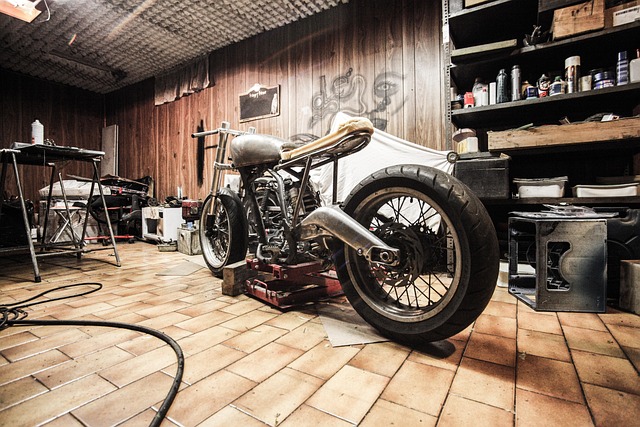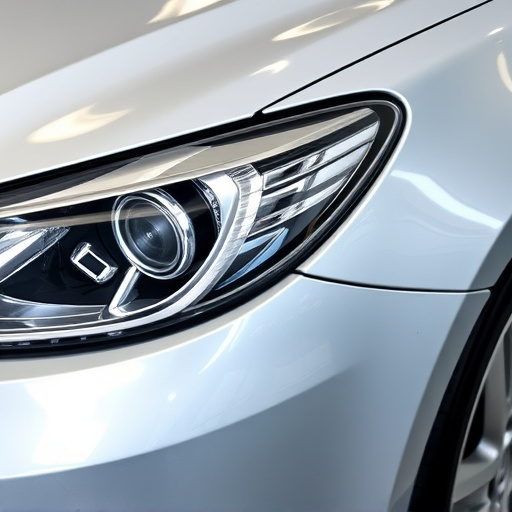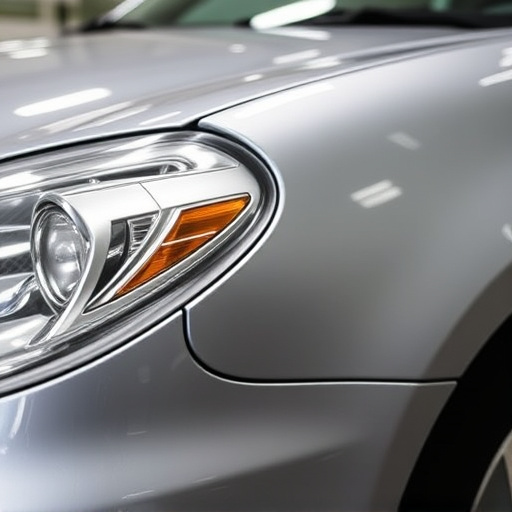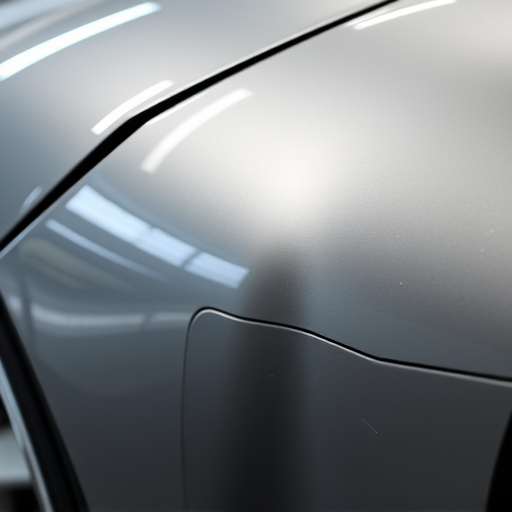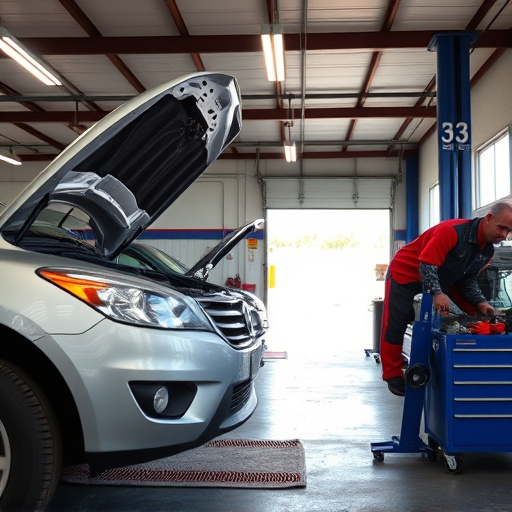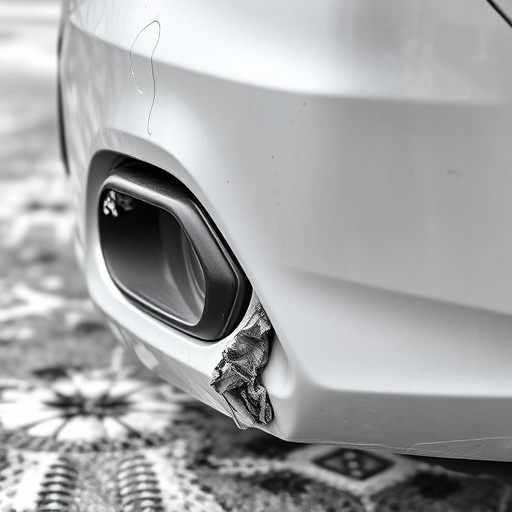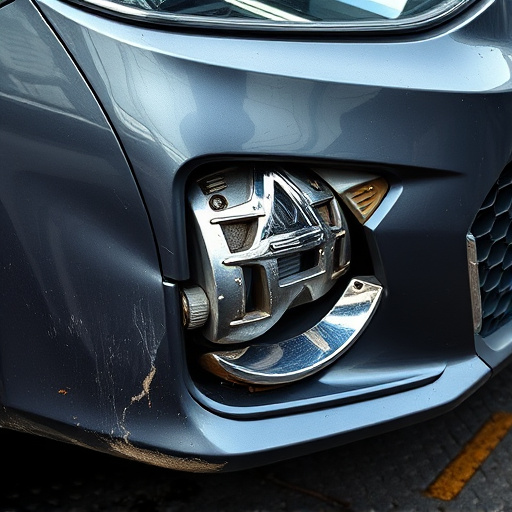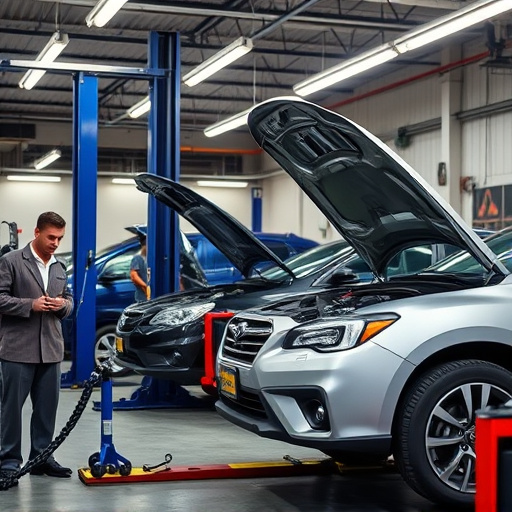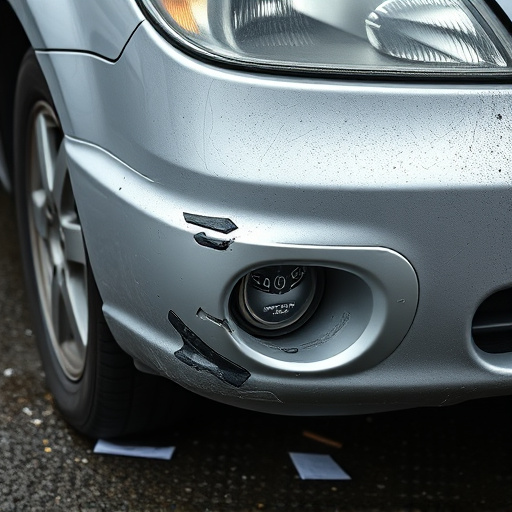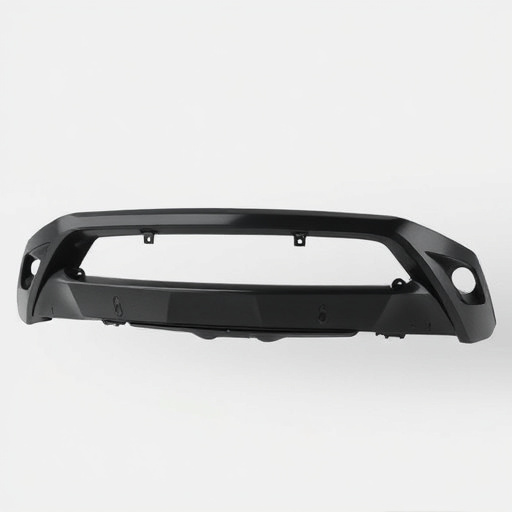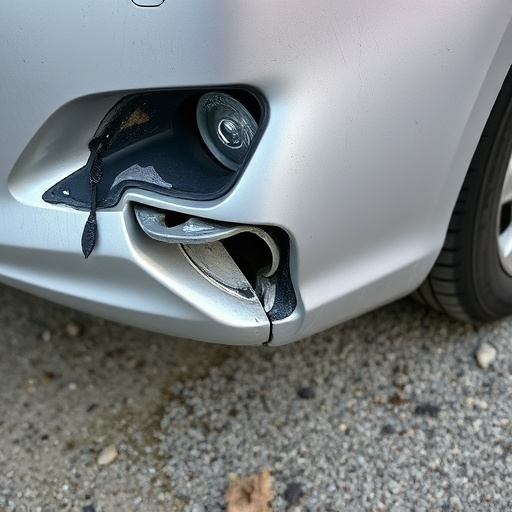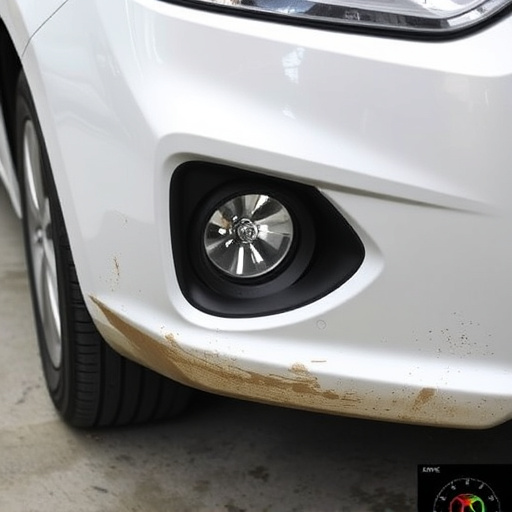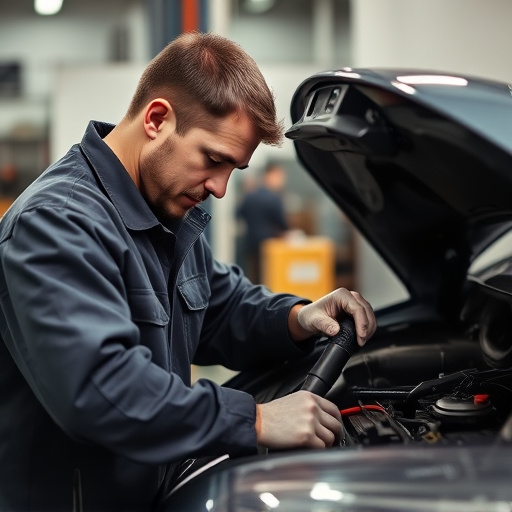Classic car restoration involves meticulous inspection, disassembly (engine, transmission), autobody repairs, glass repair, and painting. Essential tools include high-quality paint supplies, body work gear, wheel restoration kits, and interior trim repair tools. The process begins with thorough inspection, documenting damage, addressing mechanical issues, then aesthetic restoration for show-stopping results while preserving historical accuracy.
Uncover the art of reviving vintage vehicles with our comprehensive guide to classic car restoration. From understanding fundamental processes to equipping yourself with essential tools, this article arms enthusiasts with knowledge. Learn a step-by-step approach to breathe new life into old steel, mastering techniques to restore beauty and value. Explore insider tips and methods to navigate this captivating journey, ultimately transforming worn classics into gleaming gems on the road.
- Understanding the Core Processes in Classic Car Restoration
- Essential Tools and Equipment for Restoring Classic Cars
- Step-by-Step Guide to Reviving an Old Car's Beauty
Understanding the Core Processes in Classic Car Restoration
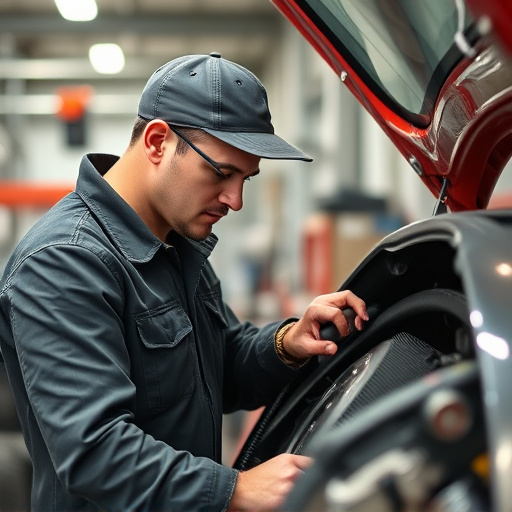
Classic car restoration is a meticulous art that involves several key processes. It begins with a thorough inspection to assess the vehicle’s condition, identifying any damage or areas requiring special attention. This initial step is crucial as it determines the extent of work needed and guides the rest of the restoration process.
Once the assessment is complete, the core processes kick in. These include disassembly of major components like the engine, transmission, and autobody repairs to ensure each piece is meticulously restored or replaced. Auto glass repair might also be necessary to revive the vehicle’s clear coatings and visibility. Following this, meticulous painting and finishing techniques are employed to achieve a perfect match with the original color, enhancing the car’s aesthetic appeal.
Essential Tools and Equipment for Restoring Classic Cars
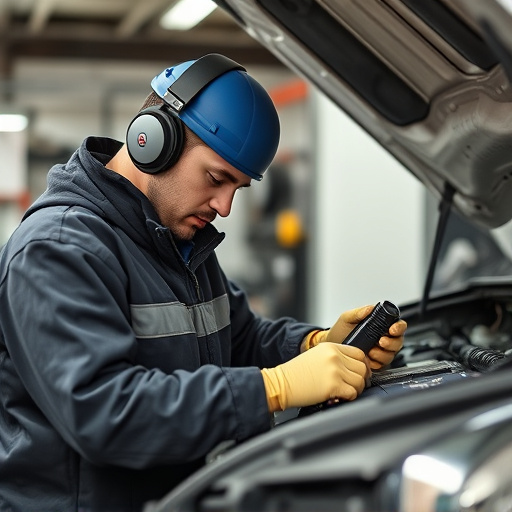
Restoring a classic car is an art form that requires specific tools and equipment to achieve professional results. For those new to the world of car restoration, investing in the right gear can make all the difference. Essential items include high-quality paint supplies such as brushes, rollers, and masks, ensuring a precise and durable finish. Additionally, a comprehensive set of automotive body work tools is indispensable for tasks like panel beating, welding, and straightening, which are crucial steps in bringing a classic car back to life.
Beyond that, various specialty tools tailored for specific jobs like wheel restoration, interior trim repair, and even vehicle dent repair should be considered. These specialized pieces allow for meticulous attention to detail, ensuring every aspect of the car is meticulously restored. With the right automotive body work equipment in hand, enthusiasts can tackle their classic car restoration projects with confidence, aiming for that show-stopping finish that truly showcases the vehicle’s vintage charm and historical significance.
Step-by-Step Guide to Reviving an Old Car's Beauty
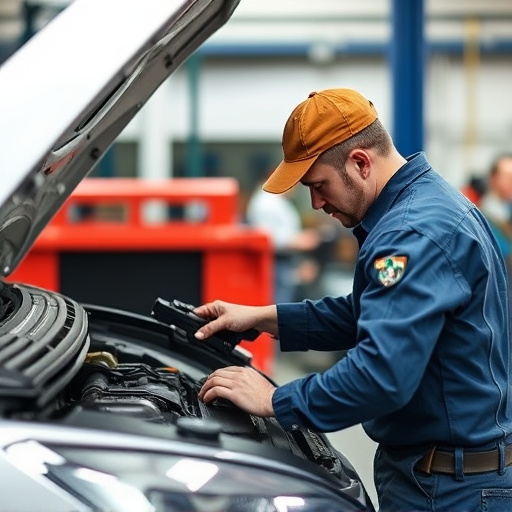
Reviving an old classic car is a rewarding process that involves careful attention to detail and a step-by-step approach. Begin by thoroughly inspecting the vehicle for any signs of damage, including dents, rust, or missing parts. Documenting these issues is crucial as it helps in creating a restoration plan and estimating costs. Once you have an accurate assessment, the fun part begins – bringing the car back to its former glory.
Start with basic auto repair services like fixing any mechanical issues and replacing worn-out components. Then, tackle the aesthetics: remove and repair dents using specialized tools, address rust spots with patch kits or professional treatments, and restore the paint job to match the original finish. Remember, each step in classic car restoration is a chance to enhance its beauty while ensuring it remains historically accurate.
Classic car restoration is a meticulous art that requires both skill and passion. By understanding the core processes, investing in essential tools, and following a structured guide, you can bring these vintage vehicles back to their former glory. Remember, every restoration project is unique, so adapt and customize your approach accordingly. With dedication and the right resources, classic car restoration becomes an exhilarating journey that preserves automotive history for future generations.
